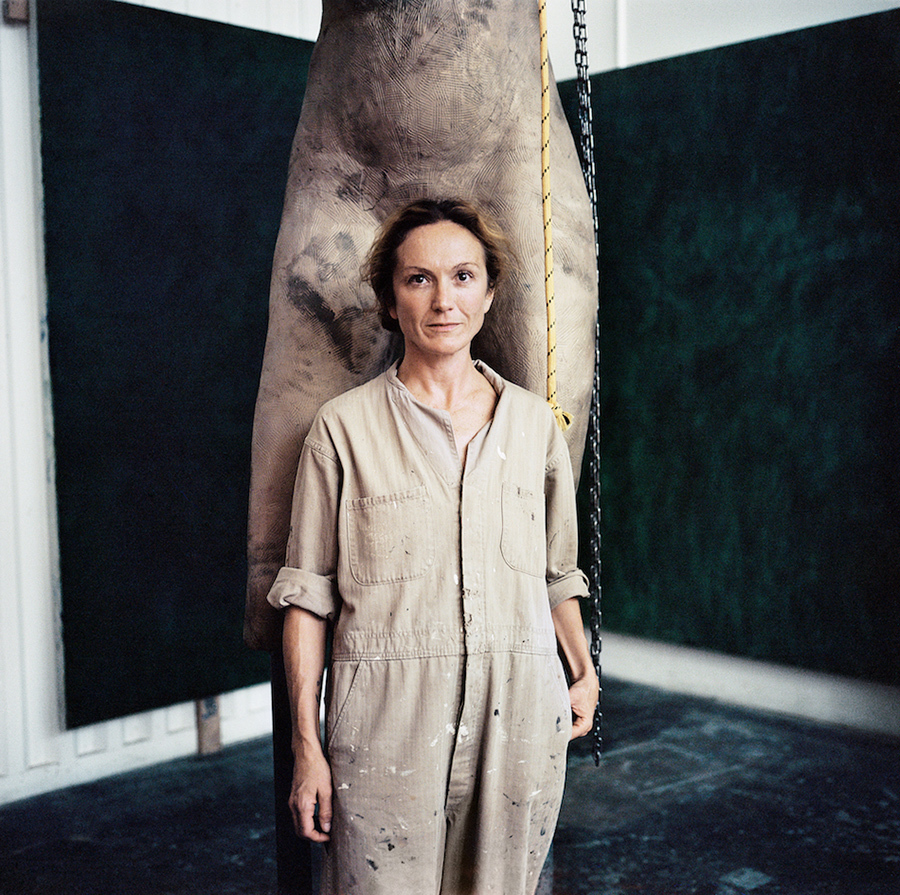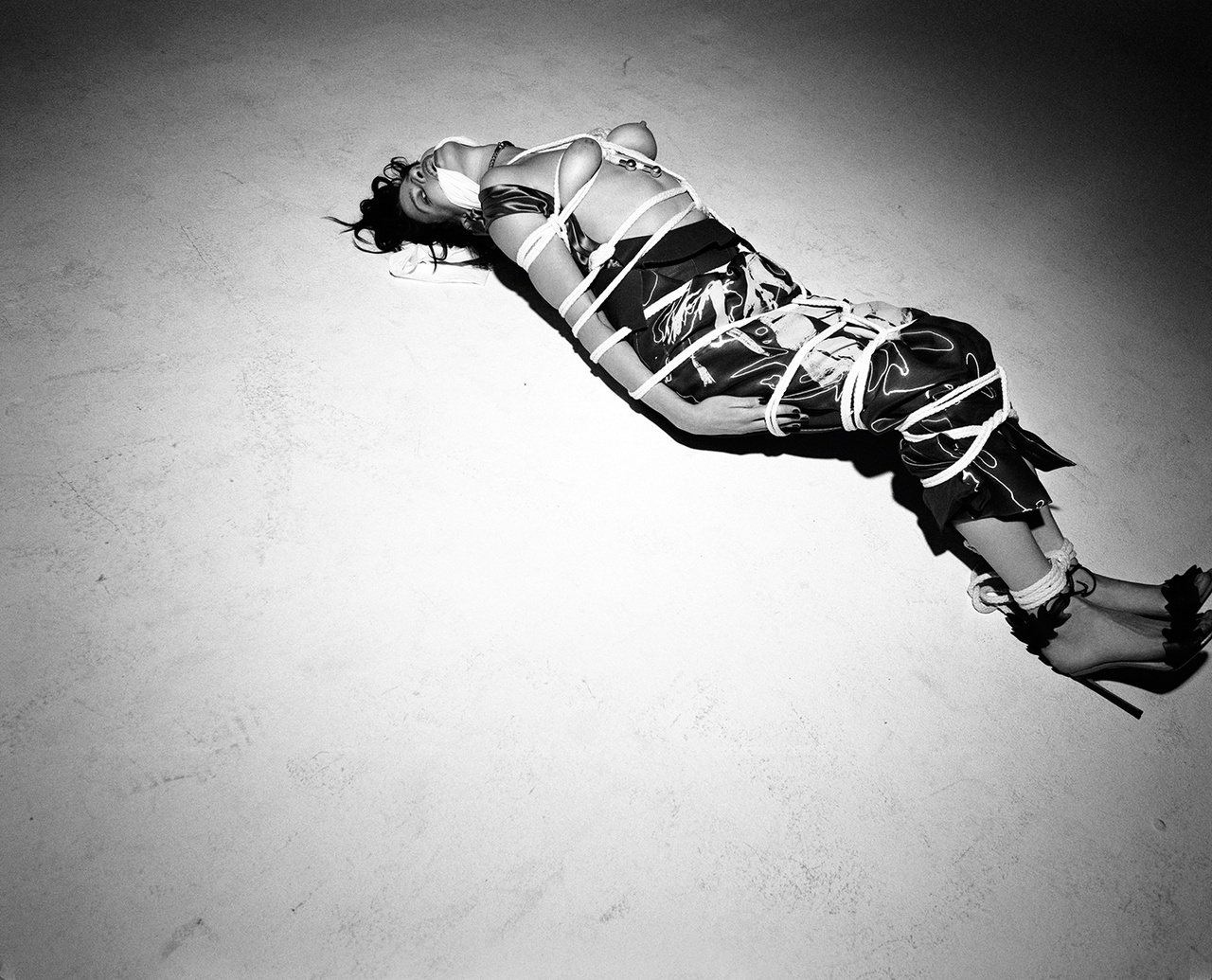We’re just a few weeks away from the opening of the Venice Biennale, where Xavier Veilhan will design the French pavilion. More than a personal achievement for Xavier, it’s another signifier that a generation of artists who emerged in the 90s have reached maturity. In 2015, Dominique Gonzalez-Foerster had her own retrospective exhibition at the prestigious Centre Pompidou. Two years earlier, two of the greatest Parisian institutions opened their doors to two great artists: Pierre Huyghe at the Centre Pompidou and Philippe Parreno at the Palais de Tokyo. For a change, it was not just about forums or theories, but about a state of mind and a band of individuals who had decided it was still possible to live differently. Even in the ruins of post-modernism. With this group of French artists, there was no such thing as the solitary artist working solo, tucked away from the world. Gallery owners, curators, critics, and publishers— everyone would write together, create together, sleep together, and invent new ways to make art collide with life.
“An avant-garde without avant-garde,” is the expression Olivier Zahm uses to describe the creative landscape that was taking shape at that time. It’s also the title of the collection of the texts he wrote back then, collected together, and published now by the philosopher Donatien Grau. The book gathers essays and reviews on art that were published in various magazines (Artforum, Flash Art, Artpress, and Texte zur Kunst), in exhibition catalogues and of course in Purple, the magazine he co-founded in 1992 and that he’s still running.
The texts are bold and terse, caught in the stream of a time that they don’t try to freeze, but on the contrary, to electrify even more. “A fragmented writing, scattered, without consistency, based on chance encounters with the artists, on the current exhibitions, on the specific society life in the art world,” Olivier wrote. Theory and academic literature would have been no help at all to grasp that moment that refused to establish itself as a movement. They came later, but what this book offers us is an on-the-ground snapshot through a sketchy collection of kaleidoscopic texts.

Kaleidoscopic because art, for Olivier, is undivideable from fashion, sex, and philosophy. They all move together. “At the turn of the 90s, the very concept of a leader didn’t make sense any more, and neither did the idea of a relatively unified art movement. I could feel that trying to define the art situation was doomed to fail. It is precisely because this new moment, far from being a homogeneous movement, consisted of a heterogeneous constellation of practices in transversality with other practices and senses of territories,” Olivier writes.
When you meet him in the Purple offices, his tone is the same. “Art, philosophy, and fashion are connected in the attempt to understand the world,” he states. “None of these forms of art is a pure creation or a towering truth; everything is connected. More than aesthetics or guiding principles, the early 90s art scene was characterized by the rebirth of a 70s utopianism: the belief that art can make a dent, can change attitudes starting with the self but aiming at the world, the world that thinks of itself in the present and in an emergency.”
Art, philosophy, and fashion are connected in the attempt to understand the world. None of these forms of art is a pure creation or a towering truth. Everything is connected.
The current critical recognition of that generation is not really surprising; after all, they are old and big enough to be picking up official honors now. What is more surprising is the effect they’ve had on the present generation, which has opened its eyes to the 90s. Each of the above-mentioned projects, as exciting as they may be, are art blockbusters. But even so they speak to a new generation, one that is quick to debunk myths placed on pedestals. Why? Probably because for the first time in recent art history, a group was built up as a counter-model to the establishment, brought together by the will to break with established order— and yet not willing to replace it with another.

“I, along with other young critics all over the world, was looking for what could be art for the decade to come, an art that would be neither post-modern or neoconservative painting, nor a mere fashion and market effect, and yet that wouldn’t be a revolutionary nostalgia — an art that could launch a radical change,” Olivier says. The community in the making didn’t have a rallying point, until Purple, originally named Purple Rose, was born. “Back then, no medium expressed the multiple connections, the horizontal circulations we were calling for. There were mostly trade magazines — press for sailing, for interior design, for family — but very few independent publications. Even if you think of Purple as a fashion magazine, it was never a specialized publication and I still refuse to fit it into one category. I wanted to believe that one could build a magazine not on the idea of a market defined in advance by the category it addresses, but by aiming it at a creative community that would agree on ideas and desires. That is the community I call an avant-garde without avant-garde, that has no other foundation than itself, no manifesto, no religion nor political system, but which carries a worldview that must go on inventing itself at all times — and that a magazine can, in its own way, modestly contribute towards materializing.”
I wanted to believe that one could build a magazine not on the idea of a market defined in advance by the category it addresses, but by aiming it at a creative community that would agree on ideas and desires.

Purple haswelcomed over the years Maurizio Cattelan, Vanessa Beecroft, Wolfgang Tillmans, Douglas Gordon, Dash Snow, Larry Clark, Catherine Breillat, Juergen Teller, Hedi Slimane, Richard Prince, and many others. When you look at the magazine now, you see more or less the same artists who evolved together and keep feeding the community as new recruits appear — either for one issue only, or forever. This pressing need to put art forward against the prevailing cynicism, against ultra-liberalism and depoliticization must be understood in the context of the economic crisis of 1991-1992. If the idea of a creative community affects us so intensely nowadays, it’s not necessarily because we have forefathers to kill or idols to knock down, but rather because by wanting to fulfil ourselves evermore intensely, the collective spirit was forgotten somewhere along the way. Maybe it’s time to once again look for something bigger than ourselves, something that puts words like this on our lips: “I would see this avant-garde — that refused to define itself as such — as an alternative to political withdrawal as well as to the cynicism and the irony characterizing my so called ‘un-dupable’ generation.”
Une avant-garde sans avant-garde, by Olivier Zahm and co-edited by critic and scholar Donatien Grau, is published by Les presses du réel,
Credits
Text Ingrid Luquet-Gad
Photography courtesy of Purple
